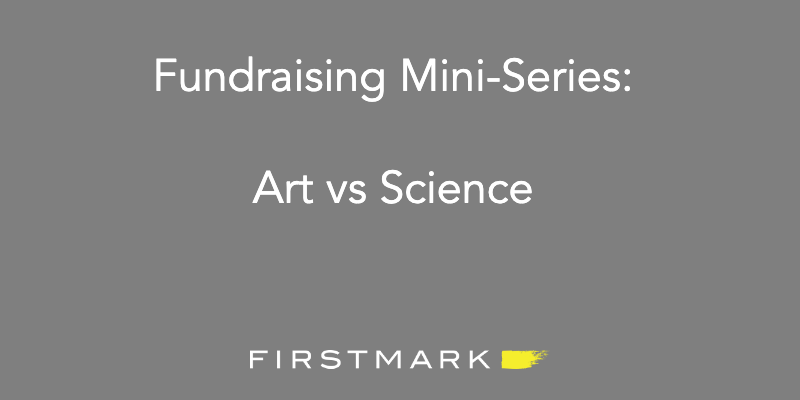
(This is the second post in this fundraising mini-series: quick, simple ideas that I’ve used in various fundraising conversations over the years, that I’m sharing here, one by one)
Much of the frustration that startup founders experience about fundraising is due to the lack of clarity around two simple questions: “What do investors want?” and “How do they make investment decisions?”
Part of what makes the exercise such a “black box” is that the answer is often “it depends”. Investment decisions are made by humans, based on imperfect information, in an environment that constantly changes.
In addition, parameters evolve with each round: different expectations, criteria, and processes, and often different venture firms. You may feel you’re building the same company all along, but investors at different stages will be looking at it in very different ways.
As a starting point to understand how investors (angels and VCs) make decisions, one simple framework that I find myself using in conversations about fundraising is “art vs science”.
It goes something like this:
Pre-seed and seed rounds: you’re in “art” territory:
- What it means: Your company is new, so there’s little to no data for investors to dig into. Decisions are generally based on qualitative assessment (How great are the founders? How big is the idea?), perceptions (e.g., pattern recognition) and quite often emotions (“Heard this the hottest company in the current YC batch!”)
- Which founders excels at that stage: great storytellers. The quality of the pitch, the passion of the founders when delivering it, even the design of the deck all play a disproportionate role.
- The good: Investment decisions can be made very quickly, at least sometimes.
- The bad: Decisions can be unpredictable, irrational and biased. In the absence of much else, credentials disproportionately matter (whether a degree Stanford, graduating from YC, work experience from Facebook, Google or Twitter), which makes it harder for anyone not exactly fitting the mold, in particular under-represented categories (female founders, minority founders, etc)
Growth rounds (Series C and later): you’re in “science” territory:
- What it means: by now, there’s a lot of data about your company. Investors will dig into metrics, speak to your customers/users, speak to your competitors, do market research, often in great depth. By all means, this is still startup investing, so it’s all relative (particularly compared to, say, quant trading in capital markets), but on the whole, investment decisions are much more data-driven.
- Which founders excel at that stage: Founders who have a deep command of all the levers of their business, and have a very sophisticated understanding of all aspects of company building.
- The good: On the whole it’s much clearer what investors are looking for at the growth stage, and those criteria are a lot more objective.
- The bad: If you don’t have the type of metrics all growth investors are looking for, you’re in for a long hard slog, at best. Due diligence will take a very long time, and no amount of visionary pitching will get you out of trouble.
The Series A and Series B rounds can be tricky because you’re transitioning from the “art” camp to the “science” camp. Without belaboring the analogy, at the Series A, you’re still predominantly in art territory, but metrics start mattering a lot more; by the time you get the Series B, the “art” part is largely replaced by science — the Series B is often known as the first “metrics round”.
While the above may seem obvious to seasoned VCs who have participated in investment deliberations and know how the sausage is made behind closed doors, this is much less true for most founders. I’ve found that this simple framework helps a bit in terms of providing some situational awareness for founders. It may not explain everything, but when it clarifies a lot of investor behavior when you think in those terms.